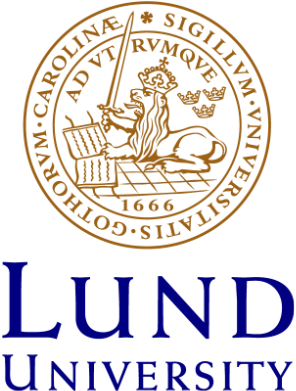Anne L’Huillier wins Wolf Prize in Physics
Professor Anne L’Huillier is one of the 2022 Wolf Prize laureates in physics. The Wolf Prize in Physics for 2022 is awarded to Professor Anne L’Huillier of LTH, along with Paul Corkum of the University of Ottawa, Ferenc Krausz of the Max Planck Institute for Quantum Optics, and Ludwig Maximilian of the University of Munich, for pioneering contributions to ultrafast laser science and attosecond phy
https://www.nano.lu.se/article/anne-lhuillier-wins-wolf-prize-physics - 2025-09-11
